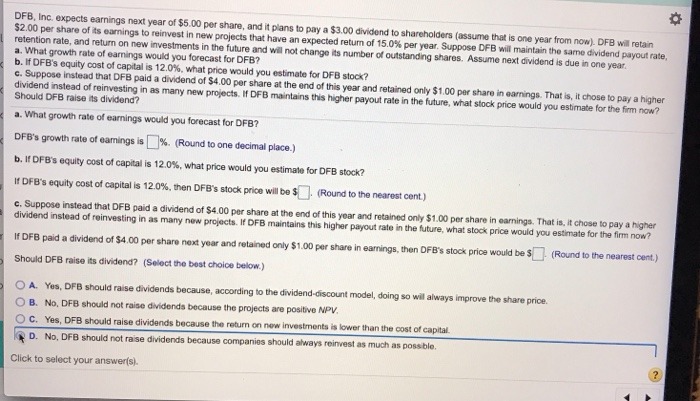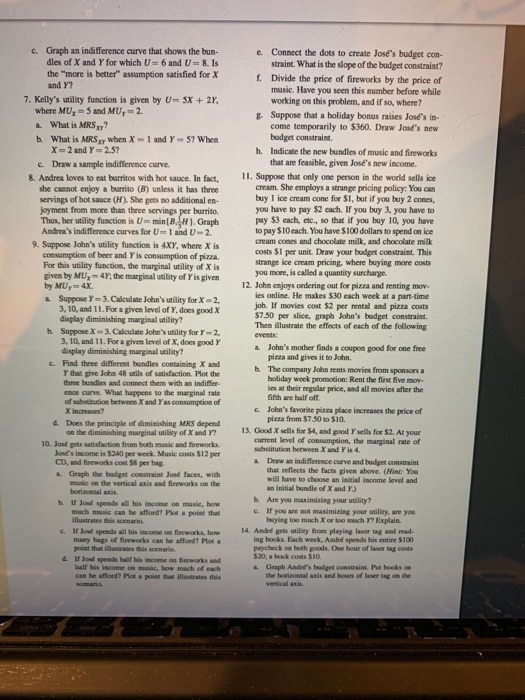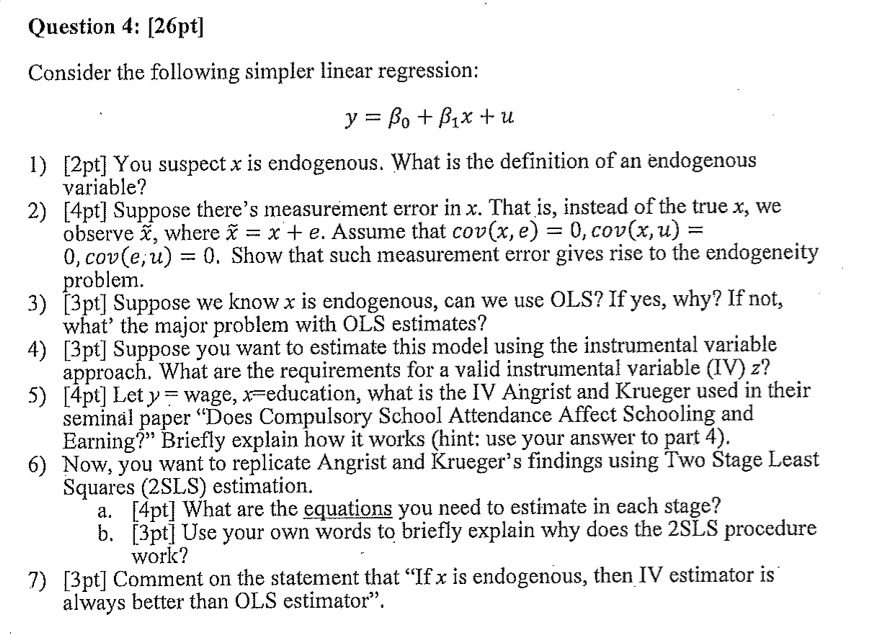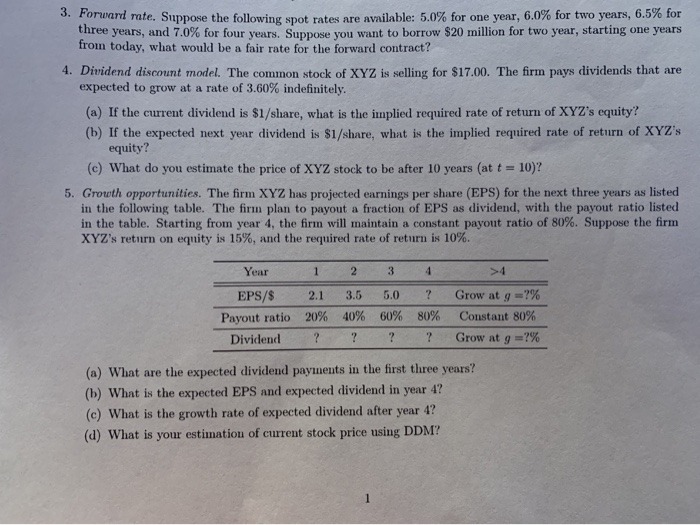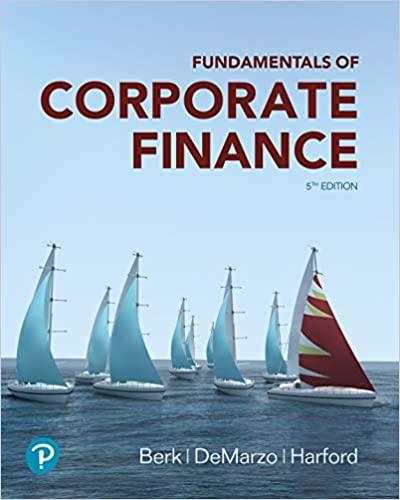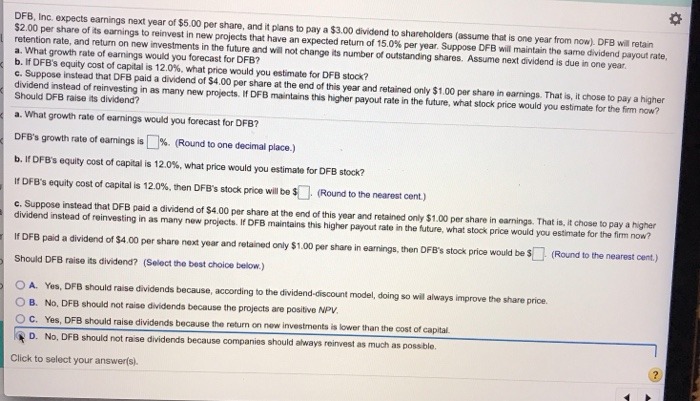
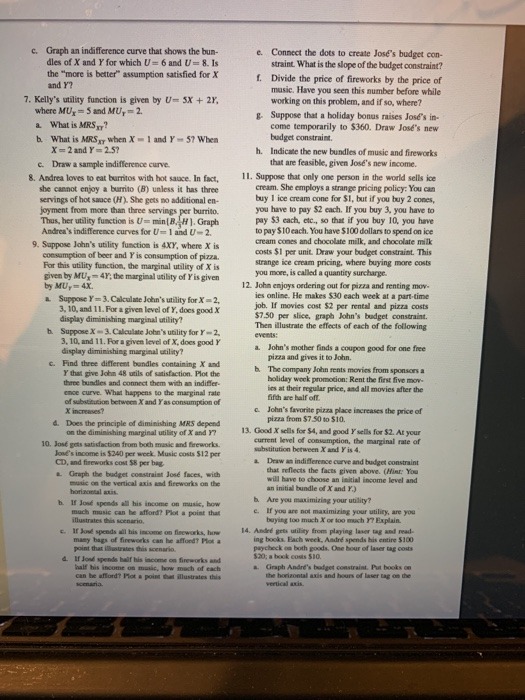
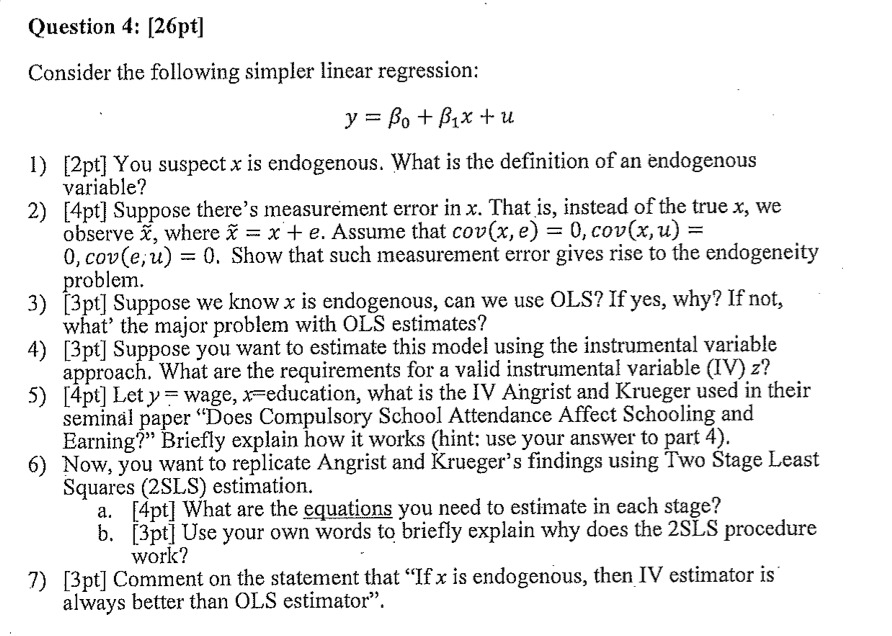
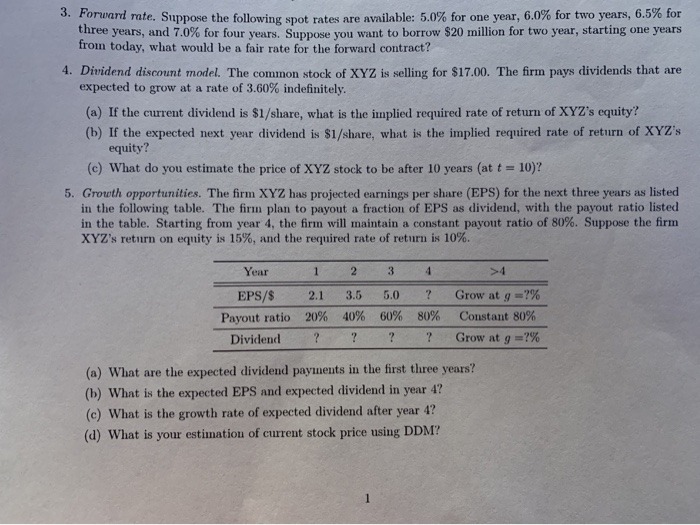
. Explain these problems.This question is complete
DFB, Inc. expects earnings next year of $5.00 per share, and it plans to pay a $3.00 dividend to shareholders (assume that is one year from now). DFB will retain $2.00 per share of its earnings to reinvest in new projects that have an expected return of 15.0%% per year. Suppose DFB will maintain the same dividend payout rate, retention rate, and return on new investments in the future and will not change its number of outstanding shares. Assume next dividend is due in one year. a. What growth rate of earnings would you forecast for DFB? b. If OFB's equity cost of capital is 12.0%, what price would you estimate for DFB stock? c. Suppose Instead that DFB paid a dividend of $4.00 per share at the end of this year and retained only $1.00 per share in earnings. That is, it chose to pay a higher dividend instead of reinvesting in as many new projects. If DFB maintains this higher payout rate in the future, what stock price would you estimate for the firm now? Should DFB raise its dividend? a. What growth rate of earnings would you forecast for DFB? DFB's growth rate of eamings is |%. (Round to one decimal place.) b. If DFB's equity cost of capital is 12.0%, what price would you estimate for DFB stock? If OFB's equity cost of capital is 12.0%, then DFB's stock price will be $. (Round to the nearest cent) c. Suppose instead that DFB paid a dividend of $4.00 per share at the end of this year and retained only $1.00 per share in earnings. That is, it chose to pay a higher dividend instead of reinvesting in as many new projects. If DFB maintains this higher payout rate in the future, what stock price would you estimate for the firm now? If DFB paid a dividend of $4.00 per share next year and retained only $1.00 per share in earnings, then OFB's stock price would be $ . (Round to the nearest cent.) Should DFB raise its dividend? (Select the best choice below.) O A. Yes, DFB should raise dividends because, according to the dividend-discount model, doing so will always improve the share price. Q B. No. DFB should not raise dividends because the projects are positive NPV. O C. Yes, DFB should raise dividends because the return on now investments is lower than the cost of capital. D. No, DFB should not raise dividends because companies should always reinvest as much as possible, Click to select your answer(s).c. Graph an indifference curve that shows the bun- e. Connect the dots to create Josd's budget con- dles of X and Y for which U = 6 and U = 8. Is straint. What is the slope of the budget constraint? the "more is better" assumption satisfied for X f. Divide the price of fireworks by the price of and Y? music. Have you seen this number before while 7. Kelly's utility function is given by U= 3X + 21, working on this problem, and if so, where? where MU, = 3 and MU, = 2. R. Suppose that a holiday bonus raises Jose's in- a What is MRS ,? come temporarily to $360. Draw Jose's new b. What is MRS,, when X = 1 and Y - 57 When budget constraint. X = 2 and Y = 2.57 h. Indicate the new bundles of music and fireworks c. Draw a sample indifference curve. that are feasible, given Jose's new income. 8. Andrea loves to eat burritos with hot sauce, In fact, 1 1. Suppose that only one person in the world sells ice she cannot enjoy a bumto (8) unless it has three cream. She employs a strange pricing policy: You can servings of hot sauce (H ). She gets no additional en- buy I ice cream cone for $1, but if you buy 2 cones, joyment from more than three servings per burrito. you have to pay $2 each. If you buy 3. you have to Thus, her utility function is (= min [ B.- H ). Graph pay $3 each, cic., so that if you buy 10, you have Andrea's indifference curves for U= 1 and U= 2. to pay $10 each. You have $100 dollars to spend on ice 9. Suppose John's utility function is 4XY, where X is cream comes and chocolate milk, and chocolate milk consumption of beer and I is consumption of pizza. costs $1 per unit Draw your budget constraint. This For this utility function, the marginal utility of X is strange ice cream pricing, where buying more costs given by MU, = 41, the marginal utility of F is given you more, is called a quantity surcharge. by MU,= 4X. 12. John enjoys ordering out for pizza and renting mov- I Suppose Y= 3. Calculate John's utility for X - 2, ies online. He makes $30 each week at a part-time 3, 10, and I1. For a given level of Y, does good X job. If movies cost $2 per rental and pizza costs display diminishing marginal utility? $7.50 per slice. graph John's budget constraint. Then illustrate the effects of each of the following b. Suppose X - 3. Calculate John's utility for Y = 2. events; 3, 10, and 11. For s given level of X, does good F display diminishing marginal utility? a. John's mother finds a coupon good for one free pizza and gives it to John. C. Find three different bundles containing X and Y' that give John 48 wils of satisfaction. Plot the The company John rents movies from sponsors theme bundles and connect them with an indiffer. holiday weck promotion: Rent the first five move coe curve. What happens to the marginal rate ies at their regular price, and all movies after the of sbalitution between X and Y' as consumption of fifth are half off. X' increases? C. John's favorite plaza place increases the price of 4. Does the principle of diminishing MAS depend pizza from $7 50 to $10. on the diminishing marginal utility of X and 17 13. Good X sells for $4, and good F sells for $2. At your 10. Jose gets satisfaction from both music and fireworks. current level of consumption, the marginal rate of Jon's income is $340 per week. Music costs $12 per substitution between X and Fisd. CD, and fireworks cost $8 per bag. I Draw an indifference curve and budget constraint It Graph the budget constraint Jose faces, with that reflects the facts given above. (Mar: You music on the vertical axis and fireworks on the will have to choose an linkial income level and horizontal suit an initial bundle of X and F.) I Jost spends all his income on music, how b. Are you maximizing your utility? much music can be affordt Plod a point that c. If you are not maximizing your utility, are you illustrates this scenario, buying low much X or too much IT Explain. c.IT hard spends all his incommon fireworks, him 14. Andre gets utility from playing laver tag and read- many bags of fireworks can be afford? Plot a ing books. Each week. Andre spends his entire $100 point that Illustrates this scenario paycheck in both pools, One hour of laver rag cous If Joad spends half his income on fireworks and $30: s bick costs $10. half his income un music, how much of each a. Graph Andre's budget constraint. Put books on can be allland? Hot s point then illustrates this the horizontal axis and hour of laser tag on the vertical unit.Question 4: [zopt] Consider the following simpler linear regression: 1) 2) 3) 4) 5) 6) '3) y=so+ax+u [2pt] You suspeotx is endogenous. What is the denition of an endogenous variable? [4pt] Suppose there's measurement error in x. That'is, instead of the true 1:, we observe E, where f = x'+ 3. Assume that route e) = D, trouble. u) = 0, CE?! (3; u) = 0. Show that such measurement error gives rise to the endogeneity pro em. [3 pt] Suppose we know at is endogenous, can we use OLS? If yes, why? If not, what' the major problem with OLS estimates? [3pt] Suppose you want to estimate this model using the instrumental variable approach. What are the requirements for a valid instrumental variable (IV) 2'? [4pt] Let y ? wage, x=edUCation, what is the IV Ahgrist and Krueger used in their seminal paper \"Does Compulsory School Attendance Affect Schooling and Earning?\" Briey explain how it works (hint: use your answer to part 4). Now, you want to replicate Angrist and Krueger's ndings using Two Stage Least Squares (ZSLS) estimation. a. [4pt] What are the eguations you need to estimate in each stage? 13. [3pt1] Use your ovm words to briey esplain why does the ZSLS procedure wor c? - [3pt] Comment on the statement that \"If x is endogenous, thean estimator is' always better than OLS estimator\". 3. Forward rate. Suppose the following spot rates are available: 5.0% for one year, 6.0% for two years, 6.5% for three years, and 7.0% for four years. Suppose you want to borrow $20 million for two year, starting one years from today, what would be a fair rate for the forward contract? 4. Dividend discount model. The common stock of XYZ is selling for $17.00. The firm pays dividends that are expected to grow at a rate of 3.60% indefinitely. (a) If the current dividend is $1/share, what is the implied required rate of return of XYZ's equity? (b) If the expected next year dividend is $1/share, what is the implied required rate of return of XYZ's equity? (c) What do you estimate the price of XYZ stock to be after 10 years (at t = 10)? 5. Growth opportunities. The firm XYZ has projected earnings per share (EPS) for the next three years as listed in the following table. The firm plan to payout a fraction of EPS as dividend, with the payout ratio listed in the table. Starting from year 4, the firm will maintain a constant payout ratio of 80%. Suppose the firm XYZ's return on equity is 15%, and the required rate of return is 10%. Year 1 2 3 4 EPS/$ 2.1 3.5 5.0 ? Grow at 9 =7% Payout ratio 20% 40% 60% 80% Constant 80% Dividend ? ? ? Grow at g =7% (a) What are the expected dividend payments in the first three years? (b) What is the expected EPS and expected dividend in year 4? (c) What is the growth rate of expected dividend after year 4? (d) What is your estimation of current stock price using DDM




